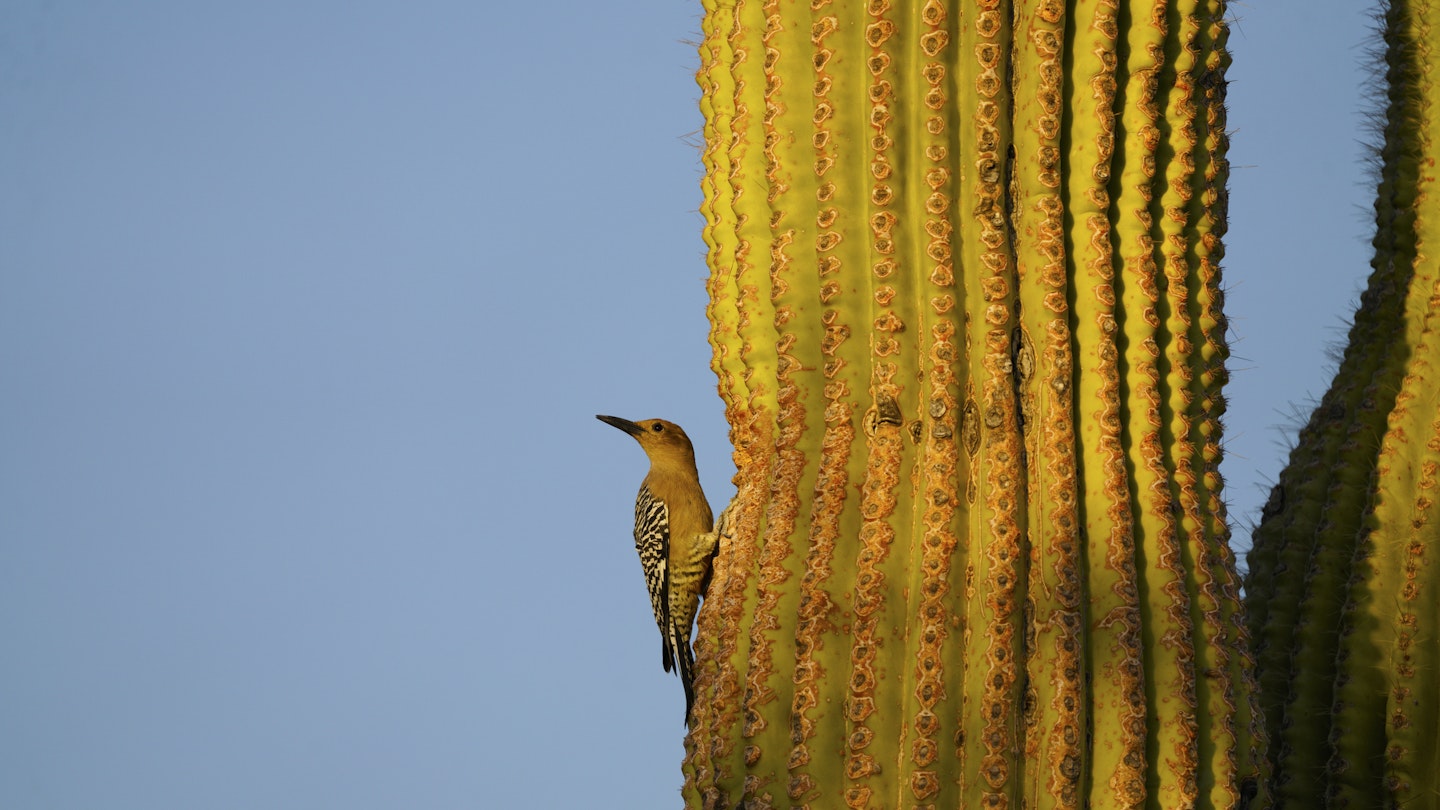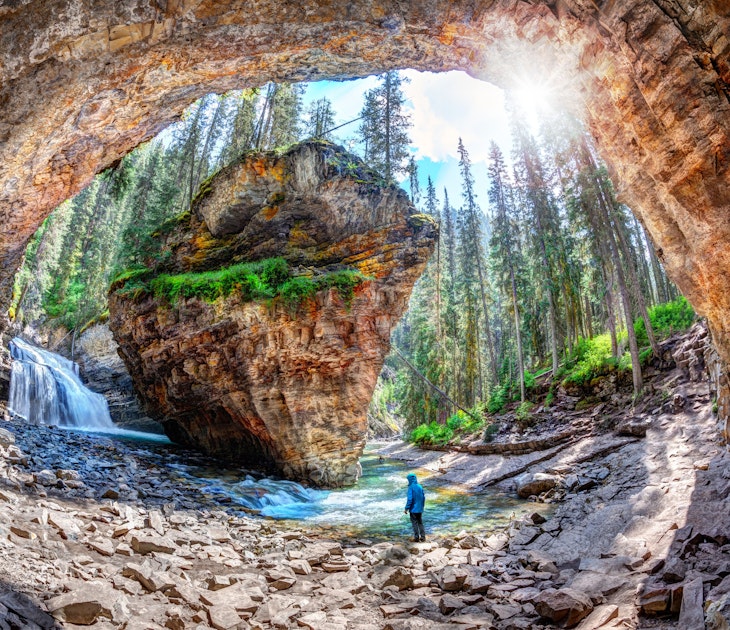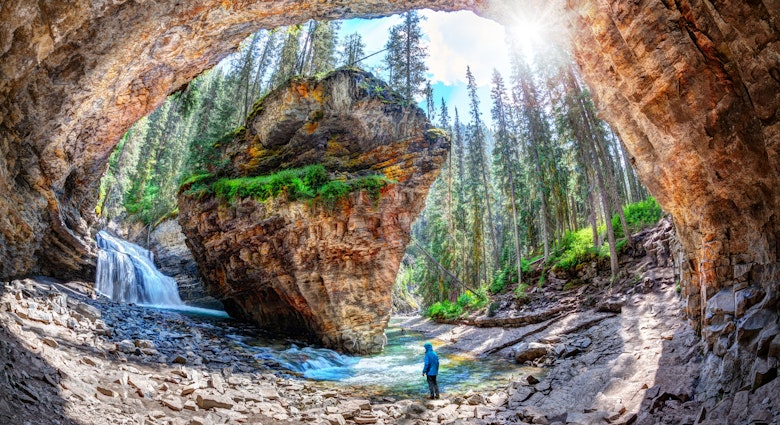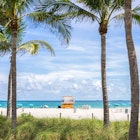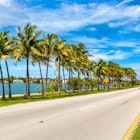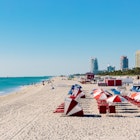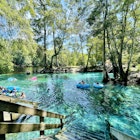Becoming a birder is easy – all you have to do is step outside.
Be it NYC's urban jungle or California's wild coast, birds are everywhere – and enjoying the winged wonders is free.
According to the US Fish & Wildlife Service, roughly 45 million Americans consider themselves birders – and during the pandemic, the number of avian enthusiasts soared. In 2020, downloads of online bird-identification apps like Merlin Bird ID and the National Audubon Society's Mobile Bird Guide doubled their usual rate. Sales of birding merchandise shot up nearly 50%. Even today, the popularity of birding shows no signs of fading.
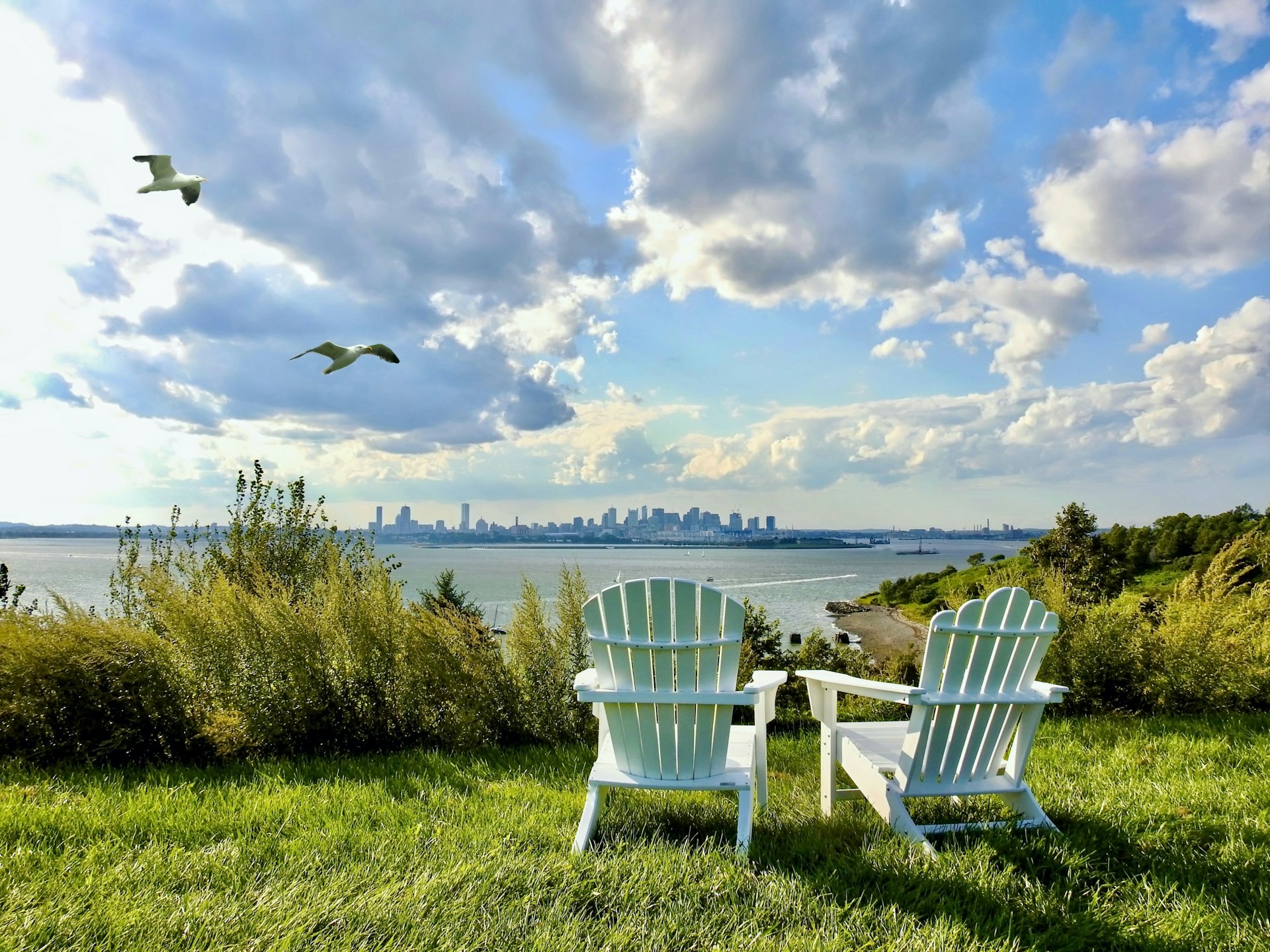
“Birding shifts your perceptions, adding new layers of meaning and brokering connections: between sounds and seasons, across far-flung places, and between who we are as people and a wild world that both transcends and embraces us,” writes NYC-based birder Christian Cooper in his 2023 memoir Better Living Through Birding (a New York Times Bestseller). “In my life, it has been a window into the wondrous.”
But not all birding locations are equal – so we chatted with American bird specialists to find out which US destinations are top-tier for twitchers. Here are their recommendations.

1. Harlingen, Texas
The southern tip of Texas is tops for birding, particularly when Harlingen hosts the Rio Grande Valley Birding Festival during fall's migration season.
A good day of birding on the East Coast might mean spotting 50 to 60 species. In Harlingen, you might spot nearly 100 species after a few hours. Birders will appreciate the riot of breeding birds migrating south from places like Canada, but they'll lose their minds over colorful species from Central America and Mexico that sometimes visit the area.
With a list of endemic birds found nowhere else in the US, the Lone Star State has plenty of reasons to lose their minds year-round. Noteworthy residents include the green jay – which flashes brilliant emerald, saffron, and navy plumage – and the chachalaca. Although this pheasant-sized bird boasts the elegant profile of a tiny velociraptor, it screeches like a remedial trumpet player.

2. New York City, New York
Molly Adams, founder of the Feminist Bird Club, was surprised when she opened the app eBird and found that Brooklyn's Prospect Park is one of New York City's most ecologically rich hotspots for birdwatching. Although the pigeon reigns supreme on NYC's streets, it's got stiff competition in the 1700 parks around town.
New York City's urban green spaces provide a much-needed respite for over 200 species of migratory birds traveling throughout spring and fall. “These pocket parks are part of the Atlantic Flyway, so during migration, you can see close to 100 species in one day,” she explains.
Adams, who creates inclusive birdwatching opportunities for BIPOC, LGBTQIA+ folx and women, loves how long the birding season lasts in autumn. Still, there's nothing better birding-wise than going through the winter and having spring come," she says. “There are all these colorful birds.” Be it a scarlet tanager in Central Park or a ruby-throated hummingbird flitting through Jamaica Bay, America's most populous city boasts an equally dizzying amount of biodiversity. “It really invigorates my passion for birding,” Adams notes.
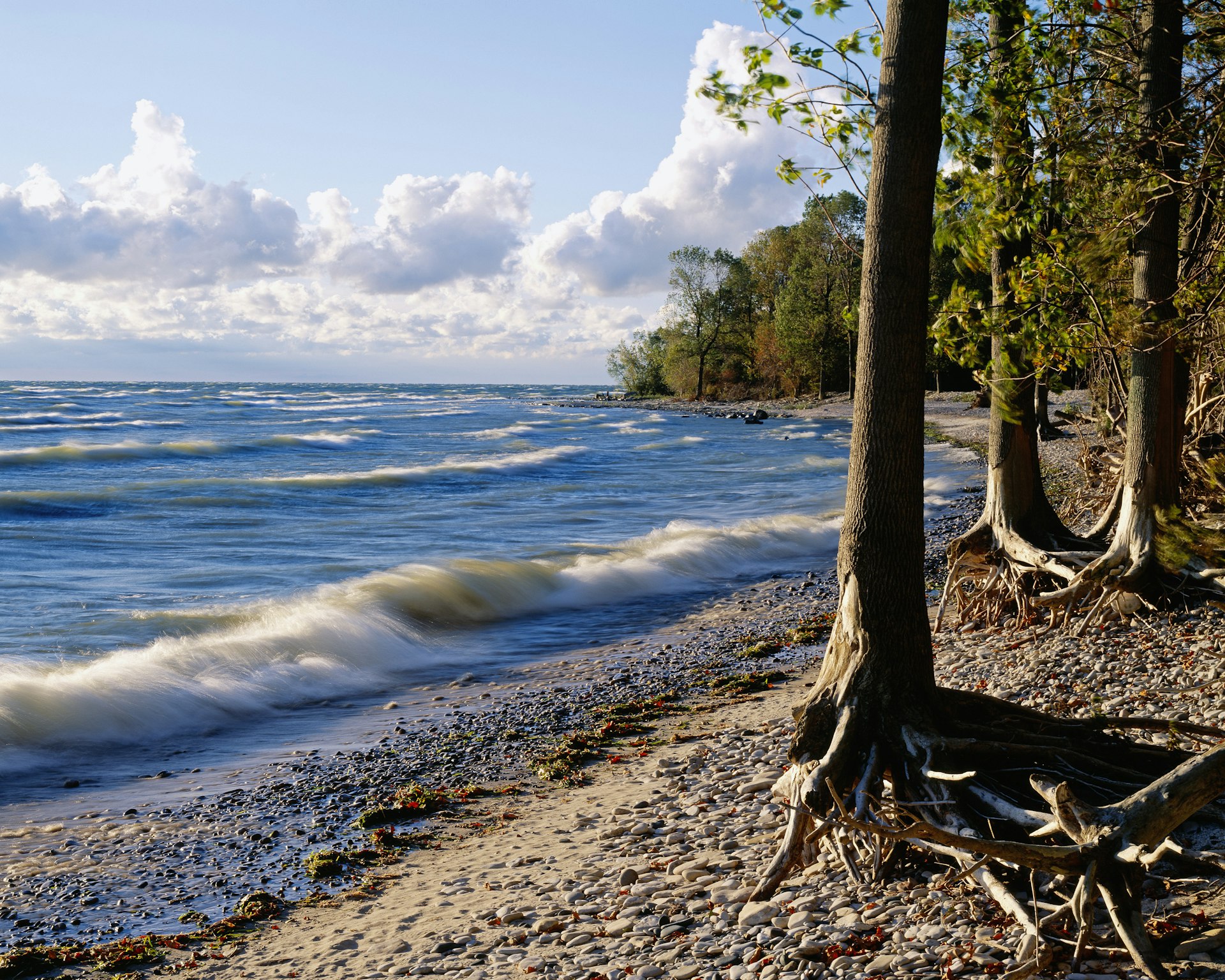
3. Toledo, Ohio
Toledo might not be high on most travelers' to-do lists, but the surrounding region is bar-none for birders visiting the Biggest Week in American Birding Festival. Lake Erie's southern shores become the unofficial warbler capital of the world every May as more than 300 species travel from South America to the Great White North.
Weary migrating warblers stop around Toledo to refuel before continuing across Lake Erie into Canada, and one of their favorite places to find refuge is the Magee Marsh Wildlife Area. Visitors walk along a boardwalk to view the avian Elysium, and though it gets busy during spring migration, the crowds won't stop you from spotting dozens of winged wonders.

4. Point Reyes National Seashore, California
Thirty miles north of San Francisco, the San Andreas fault line splits the California coast in two to form the Point Reyes National Seashore. Rolling hills stretch to the east, ocean waves crash on unspoiled beaches to the west, and nearly 500 species of birds soar around the 70,000 acres of protected land year-round.
With abundant forests, estuaries and grasslands, this area is a winged wonderland for birds migrating along the Pacific Flyway. Of particular note is the endangered snowy plover, a small, cream-white creature that skitters along the shoreline.
According to the National Audubon Society, many birders also check out nearby Bolinas Lagoon, “where a tidal estuary attracts waterfowl, wading birds, and, when the tide is right, large flocks of shorebirds.”
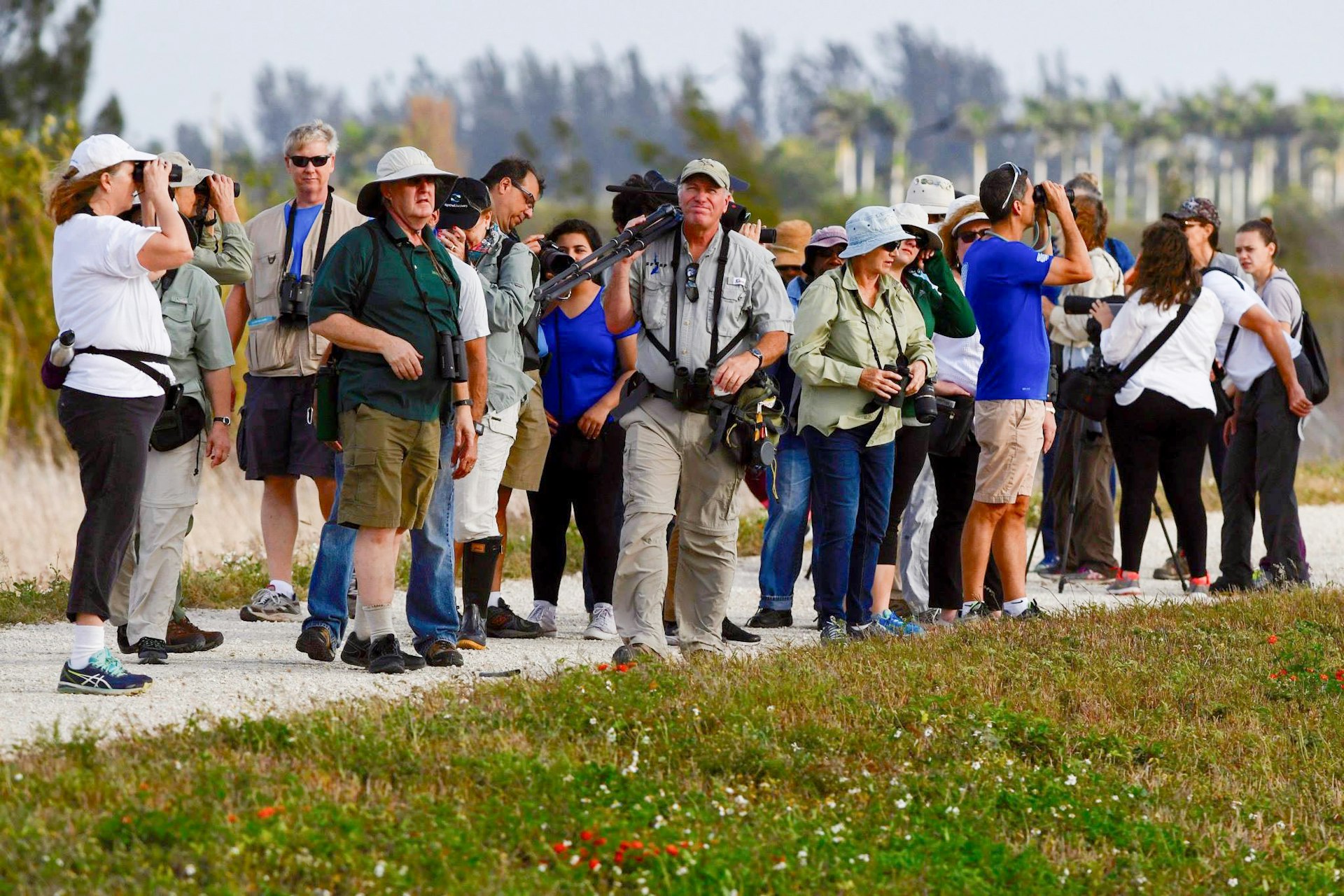
5. Everglades National Park, Florida
Gators may be the crowning glory of the Everglades, but North America's wading birds are also an essential part of Florida's wetlands ecosystem.
Kayakers and canoeists can float along the Gulf Coast's waters to watch egrets, ibis, and roseate spoonbills pick through the shallows for food. The biking and hiking trail at Shark Valley, a one-hour drive from Miami, also offers an easy escape from South Florida's suburban sprawl if you're looking for ornithological entertainment.
Winter is an ideal time to visit, as it offers “the highest diversity of birds and the best conditions for birding,” says Brian Rapoza, the Tropical Audubon Society's Field Trip Coordinator. “One of the season's highlights is when the swallow-tailed kites come back to Florida from their wintering grounds in Central and South America, usually in the second or third week of February.”

6. Tucson, Arizona
From Saguaro National Park to the nearby Chiricahua Mountains, Tucson and the surrounding area sport an abundance of species that can't be found anywhere else in the US. “It's a popular place for people who keep national lists with the number of birds they've seen in North America,” says Will Russell, owner of local bird tour company Wings.
While spring is prime birding time, July's monsoon season brings a set of international fliers to the region. “Hummingbirds that bred in Mexico disperse north, so instead of having six or seven kinds of hummingbirds, there are sometimes 12 or 13,” says Russell.
Birds aren't the only thing that makes Tucson's bird scene spectacular. “Tucson is a place where many bird people come to retire,” says Jennie MacFarland, Bird Conservation Biologist for the Tucson Audubon Society. “It's got a strong birding community.” Local birders can often be found at the Sweetwater Wetlands, scaling Mount Lemmon, or checking out the bird feeders in Madera Canyon.
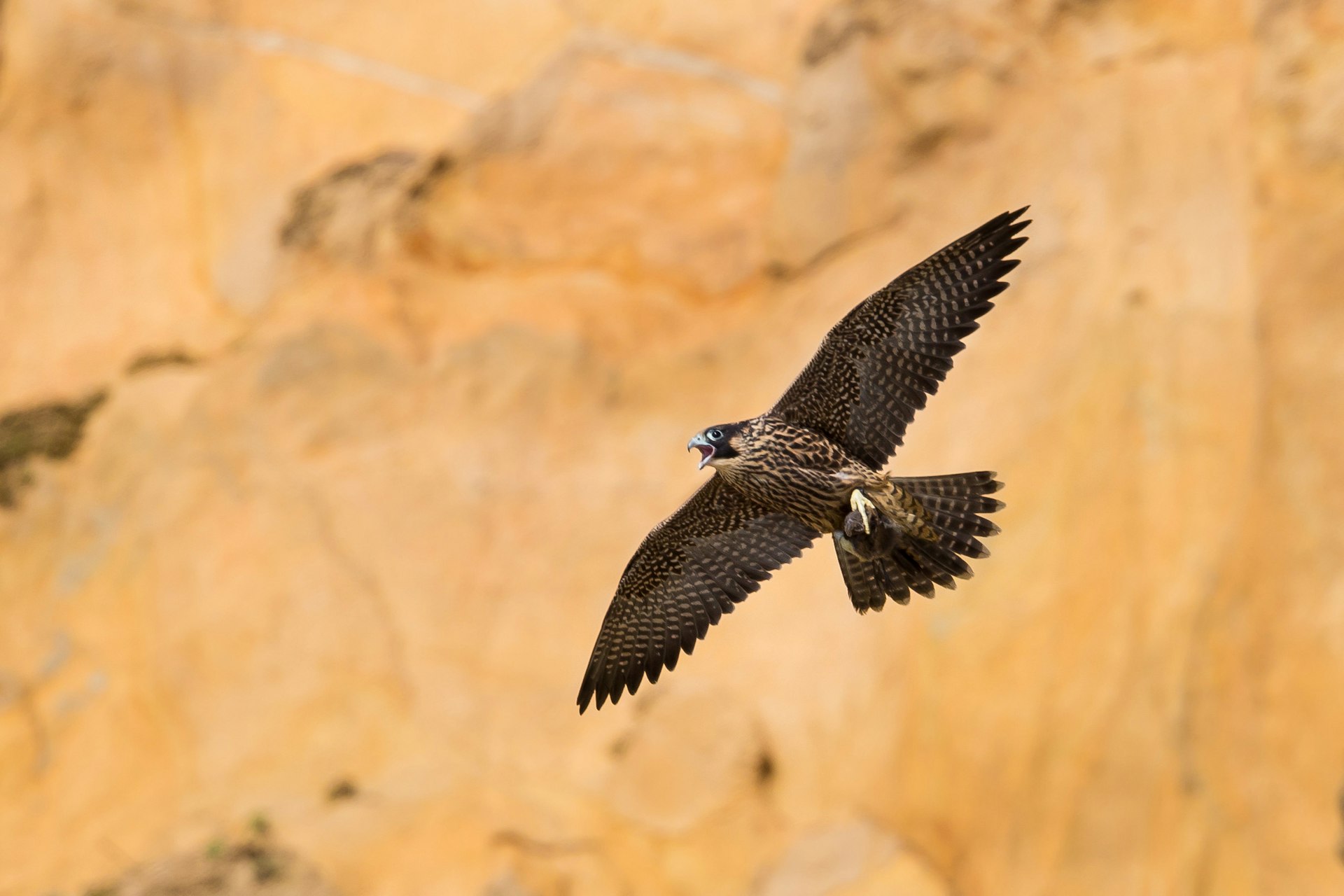
7. Cape May, New Jersey
If Hitchcock's 1963 avian apocalypse thriller The Birds leaves you feeling queasy, skip Cape May during October's migration season. The Audubon festival's “So Many Birds” tagline is an understatement.
Birds migrating along the Atlantic Coast throughout spring and fall funnel into Cape May, a peninsula on the southern tip of New Jersey. The result is a feather-frenzied traffic jam. Whether watching warblers from the Cape May Migratory Bird Refuge or raptors along Higbee Beach, you can look at any point in the sky and eye 15-20 birds trying to figure out the next leg of their journey.
Perhaps the most magnificent creature to spot during this pandemonium is a peregrine falcon. While many birds struggle against whipping winds, peregrine falcons can cut across the horizon as if there's no wind at all. They seem elegant and assured – the calm amidst the chaos.
It's precisely the kind of serenity that makes birding so appealing.

